Ngorogoro Conservation Area
Ngorongoro Crater is a geological marvel and a UNESCO World Heritage Site located in Tanzania, East Africa. It is the world’s largest intact volcanic caldera and shelters a diverse ecosystem, making it a natural haven for an incredible concentration of wildlife. Visitors can enjoy unparalleled wildlife viewing experiences and breathtaking panoramic vistas within this unique and captivating natural wonder.
Is a protected area and a World Heritage Site located 180 km (110 mi) west of Arusha in the Crater Highlands area of Tanzania. The area is named after Ngorongoro Crater, a large volcanic caldera within the area. The conservation area is administered by the Ngorongoro Conservation Area Authority, an arm of the Tanzanian government, and its boundaries follow the boundary of the Ngorongoro Division of the Arusha Region.
The 2009 Ngorogoro Wildlife Conservation Act placed new restrictions on human settlement and subsistence farming in the Crater, displacing Maasai pastoralists, most of whom had been relocated to Ngorongoro from their ancestral lands to the north when the British colonial government established Serengeti National Park in 1959.
The main feature of the Ngorongoro Conservation Authority is the Ngorongoro Crater, the world’s largest inactive, intact and unfilled volcanic caldera. The crater, which formed when a large volcano exploded and collapsed on itself two to three million years ago, is 610 metres (2,000 feet) deep and its floor covers 260 square kilometres (100 square miles).Estimates of the height of the original volcano range from 4,500 to 5,800 metres (14,800 to 19,000 feet) high. The crater floor is 1,800 metres (5,900 feet) above sea level. The crater was voted by Seven Natural Wonders as one of the Seven Natural Wonders of Africa in Arusha, Tanzania in February 2013. The Ngorongoro volcano was active from about 2.45 to 2 million years ago.
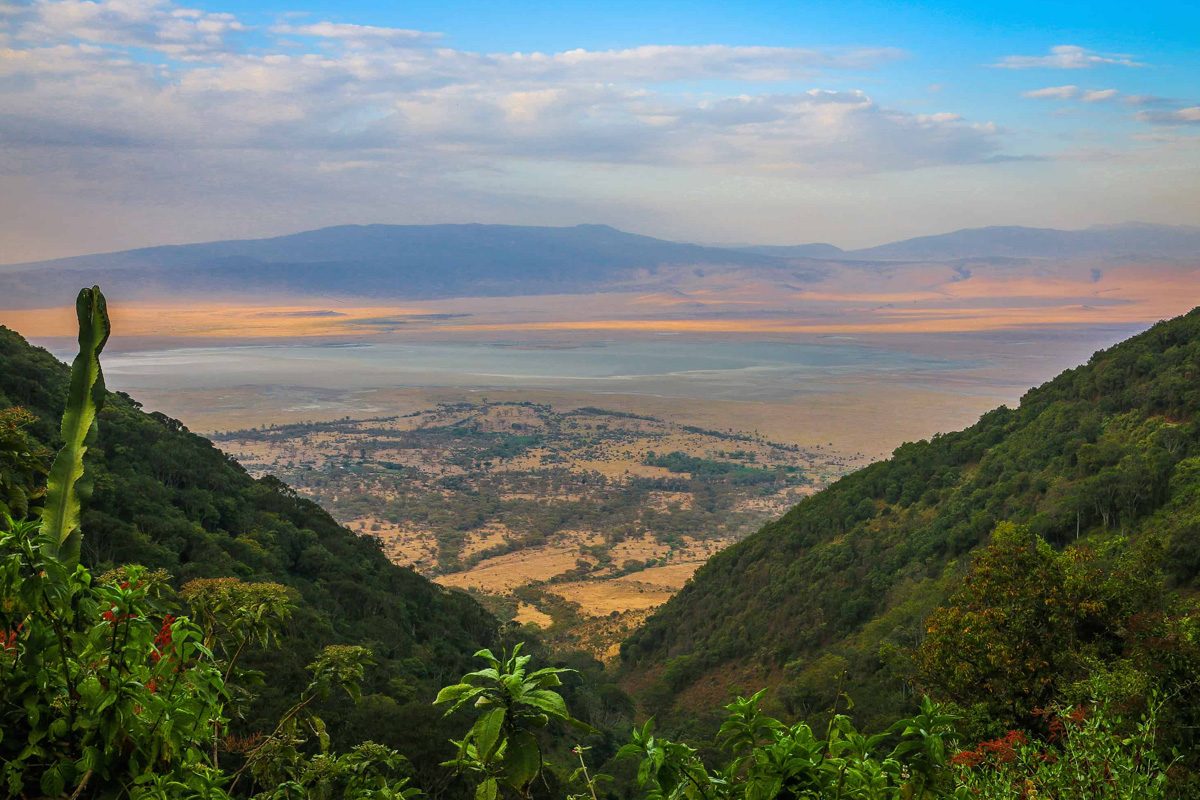
Highlights
- Cradle of Wildlife: Witness the highest concentration of wildlife in Africa, with the opportunity to see the iconic Big Five and an array of other fascinating animals in their natural habitat.
- UNESCO World Heritage Site: Explore a protected area recognized for its exceptional natural and cultural significance, contributing to the preservation of the environment and local traditions.: The park's stunning setting at the foot of Mt. Kilimanjaro offers a picture-perfect backdrop for wildlife viewing and photography, creating unforgettable moments.
- Picture-Perfect Landscapes: Be mesmerized by the breathtaking vistas of the crater floor, surrounded by towering walls and verdant landscapes that provide a stunning backdrop for wildlife encounters.
- Year-Round Safari Adventures: Enjoy game drives and wildlife viewing throughout the year, as the crater's moderate climate ensures a rewarding safari experience in any season.
- Cultural Immersion: Interact with the Maasai people, experiencing their ancient customs and traditions, and gain insights into their harmonious coexistence with wildlife.
- Birdwatcher's Paradise: Delight in the diverse birdlife, including colorful flamingos and predatory raptors, adding an extra dimension of wonder to the crater's natural beauty.
- Convenient Access: Easily accessible from nearby cities like Arusha, making Ngorongoro Crater an ideal destination for travelers exploring Tanzania.
- Luxurious Accommodations: Pamper yourself at the Ngorongoro Crater Lodge, offering a luxurious retreat perched on the crater's rim with breathtaking views of the surroundings.
- Serengeti Migration Nearby: Combine your visit with a trip to the Serengeti National Park to witness the awe-inspiring Great Migration, creating an unforgettable wildlife spectacle.
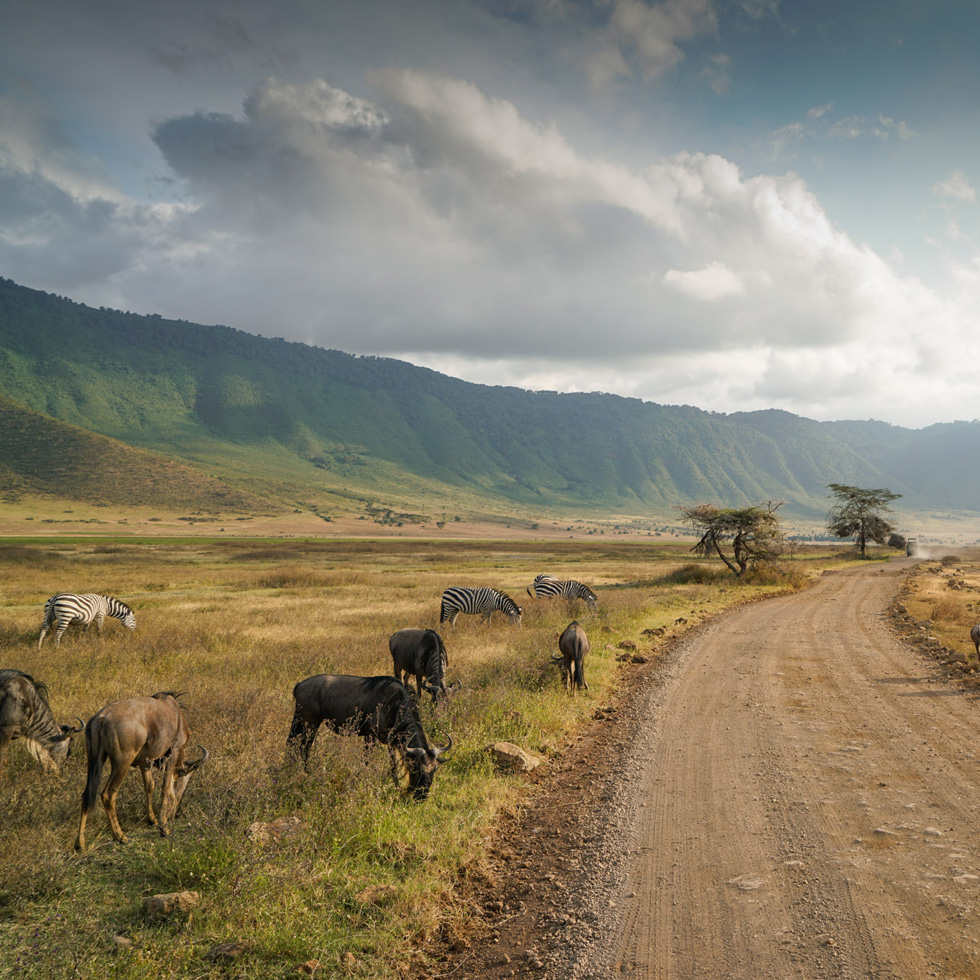
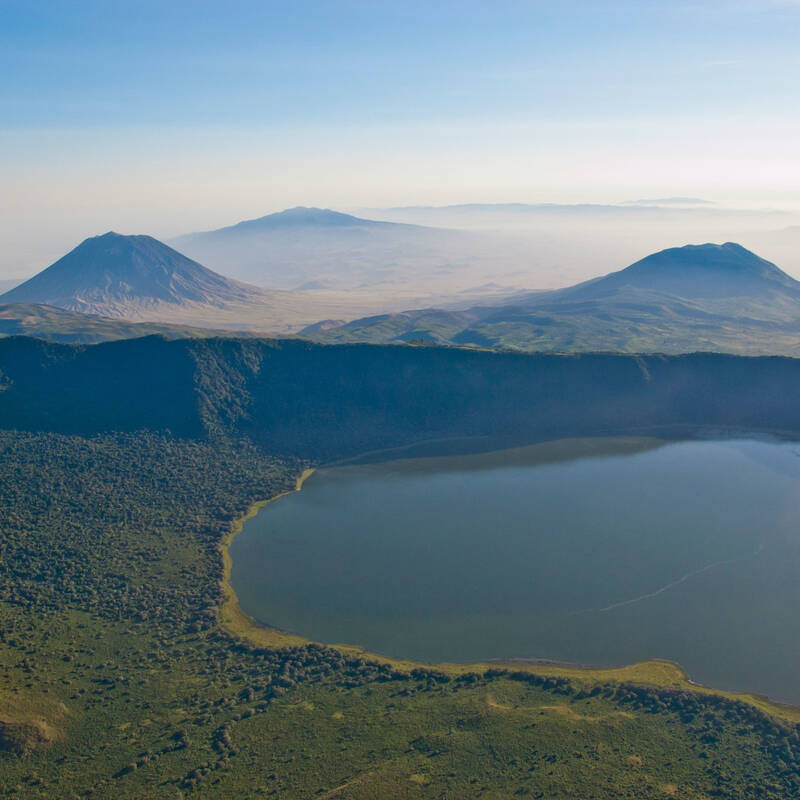
More Information
From wildlife encounters to cultural experiences and scenic explorations, Ngorongoro Crater offers a diverse range of activities that cater to various interests, ensuring a memorable and fulfilling adventure in the heart of East Africa.
Wildlife Safari: Embark on thrilling game drives across the crater floor to witness the incredible diversity of wildlife.
Birdwatching: Explore the crater’s varied habitats, home to a wide variety of bird species.
Maasai Cultural Experience: Visiting Maasai villages provides insights into their ancient coexistence with wildlife.
Hiking and Nature Walks: Guided nature walks within the conservation area offer opportunities to observe smaller wildlife and appreciate the surrounding flora.
Conservation Visits: Discover the Olduvai Gorge, an archaeological site of immense historical significance.
Sundowner Game Drives: Experience the enchanting African sunset during a sundowner game drive.
Photography: Capture the beauty of Ngorongoro Crater through your lens, with its diverse landscapes, abundant wildlife, and dramatic sunsets offering countless photographic opportunities.
Visit Nearby Attractions: Combine your trip to Ngorongoro Crater with visits to other nearby attractions.
In Summary, Ngorongoro Crater stands as a testament to the Earth’s geological history and remains a spectacular wildlife sanctuary. Its stunning landscapes, abundant wildlife, and the harmonious coexistence of diverse species make it a must-visit destination for nature enthusiasts and an unforgettable journey into the heart of Africa’s natural treasures.
Approximately 25,000 large animals, mostly ungulates, live in the crater. Large mammals in the crater include the black rhinoceros (Diceros bicornis michaeli), the local population of which declined from about 108 in 1964-66 to between 11-14 in 1995, the African buffalo or Cape buffalo (Syncerus caffer), and the hippopotamus (Hippopotamus amphibius). There also are many other ungulates: the blue wildebeest (Connochaetes taurinus) (7,000 estimated in 1994), Grant’s zebra (Equus quagga boehmi) (4,000), the common eland (Taurotragus oryx), and Grant’s (Nanger granti) and Thomson’s gazelles (Eudorcas thomsonii) (3,000). Waterbucks (Kobus ellipsiprymnus) occur mainly near Lerai Forest.
The Ngorongoro Conservation Area also protects Oldurai or Olduvai Gorges , situated in the plains area. It is considered to be the seat of humanity after the discovery of the earliest known specimens of the human genus, Homo habilis as well as early hominidae, such as Paranthropus boisei.
The Olduvai Gorge is a steep-sided ravine in the Great Rift Valley, which stretches along eastern Africa. Olduvai is in the eastern Serengeti Plains in northern Tanzania and is about 50 kilometres (31 mi) long. It lies in the rain shadow of the Ngorongoro highlands and is the driest part of the region. The gorge is named after ‘Oldupaai’, the Maasai word for the wild sisal plant, Sansevieria ehrenbergii.
It is one of the most important prehistoric sites in the world and research there has been instrumental in furthering understanding of early human evolution. Excavation work there was pioneered by Mary and Louis Leakey in the 1950s and is continued today by their family. Some believe that millions of years ago, the site was that of a large lake, the shores of which were covered with successive deposits of volcanic ash. Around 500,000 years ago seismic activity diverted a nearby stream which began to cut down into the sediments, revealing seven main layers in the walls of the gorge.
Suggested Safari Packages
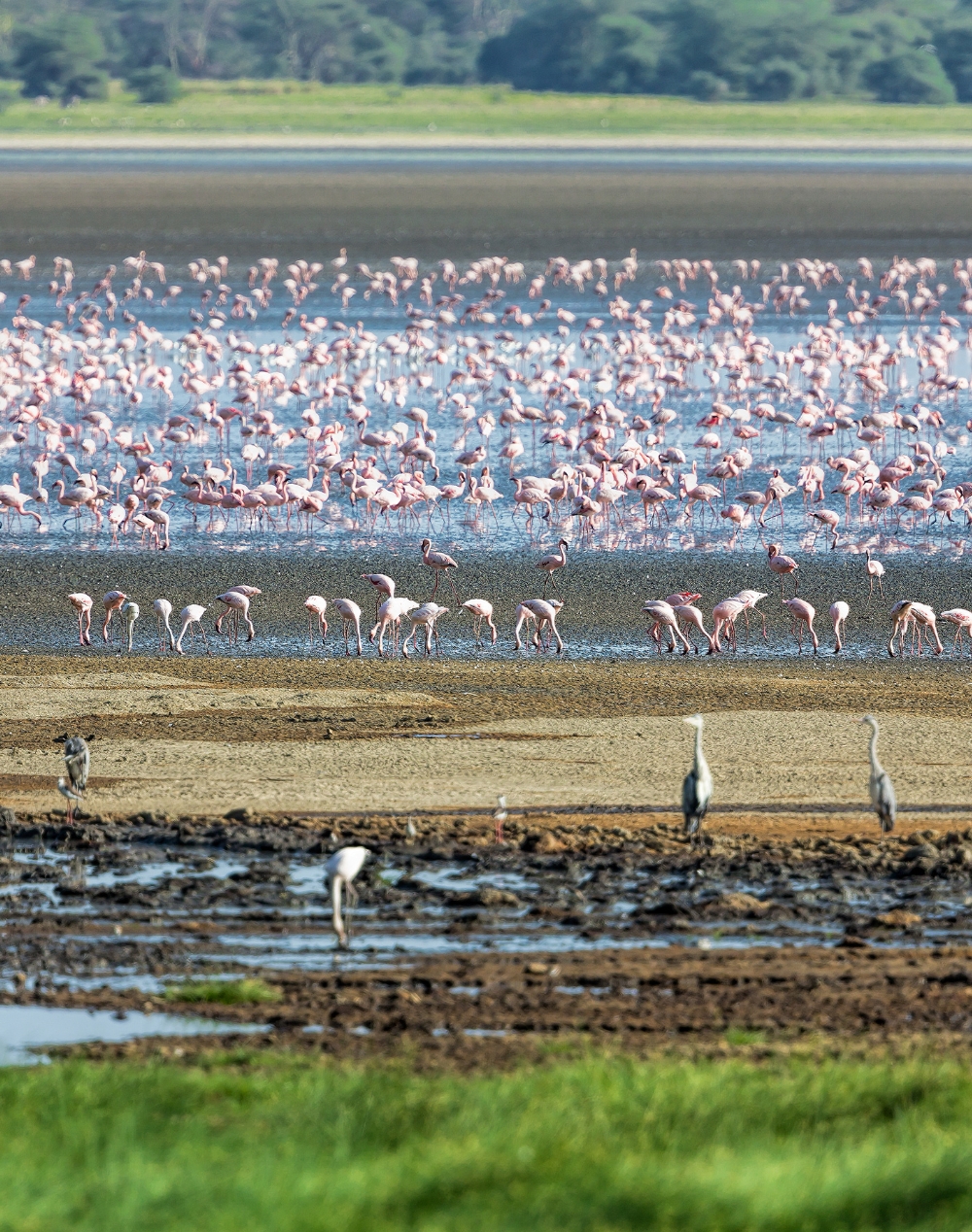
Aenean et tortor at risus viverra. Nec ultrices dui sapien eget mi proin sed libero. Egestas maecenas pharetra convallis...
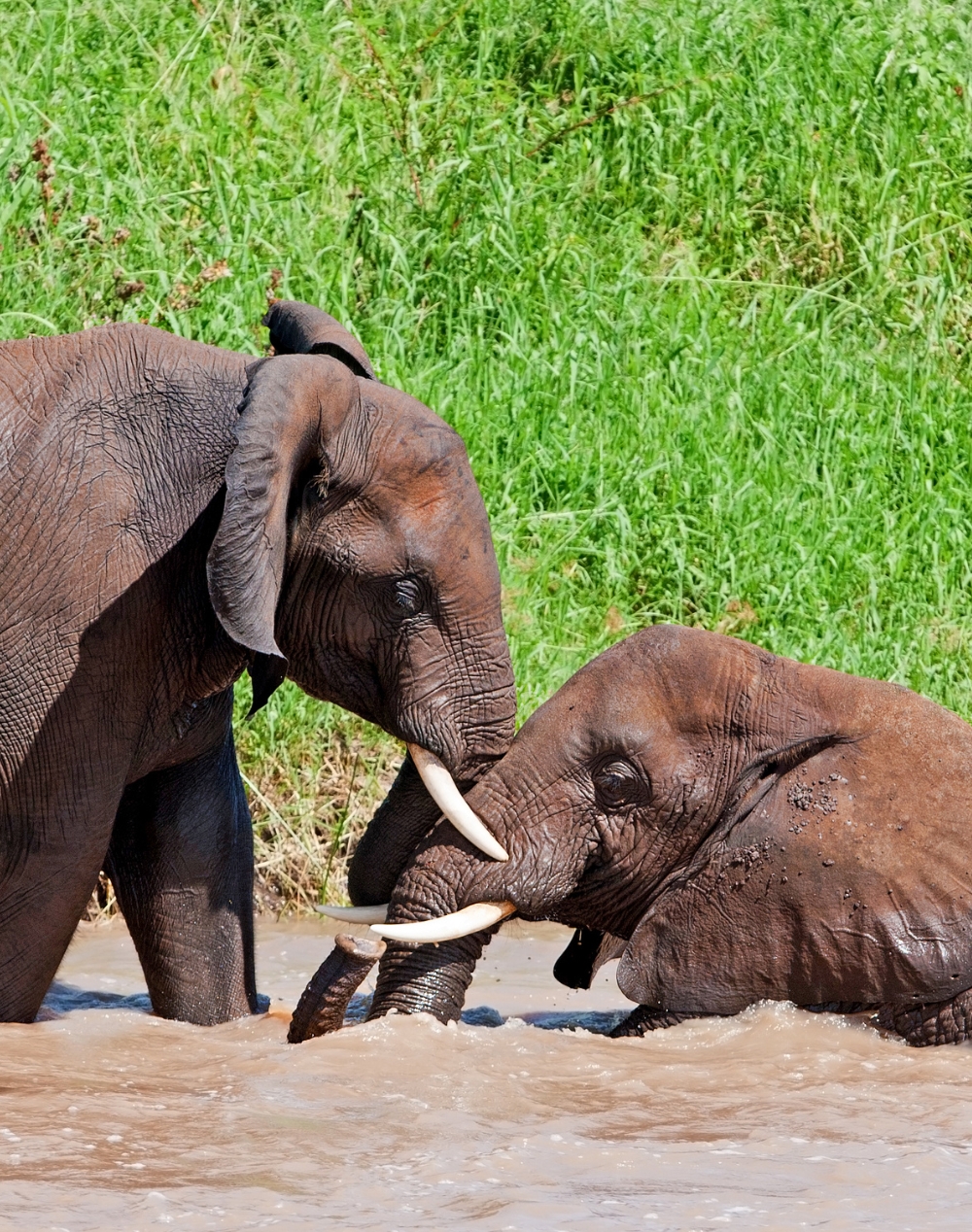
Aenean et tortor at risus viverra. Nec ultrices dui sapien eget mi proin sed libero. Egestas maecenas pharetra convallis...
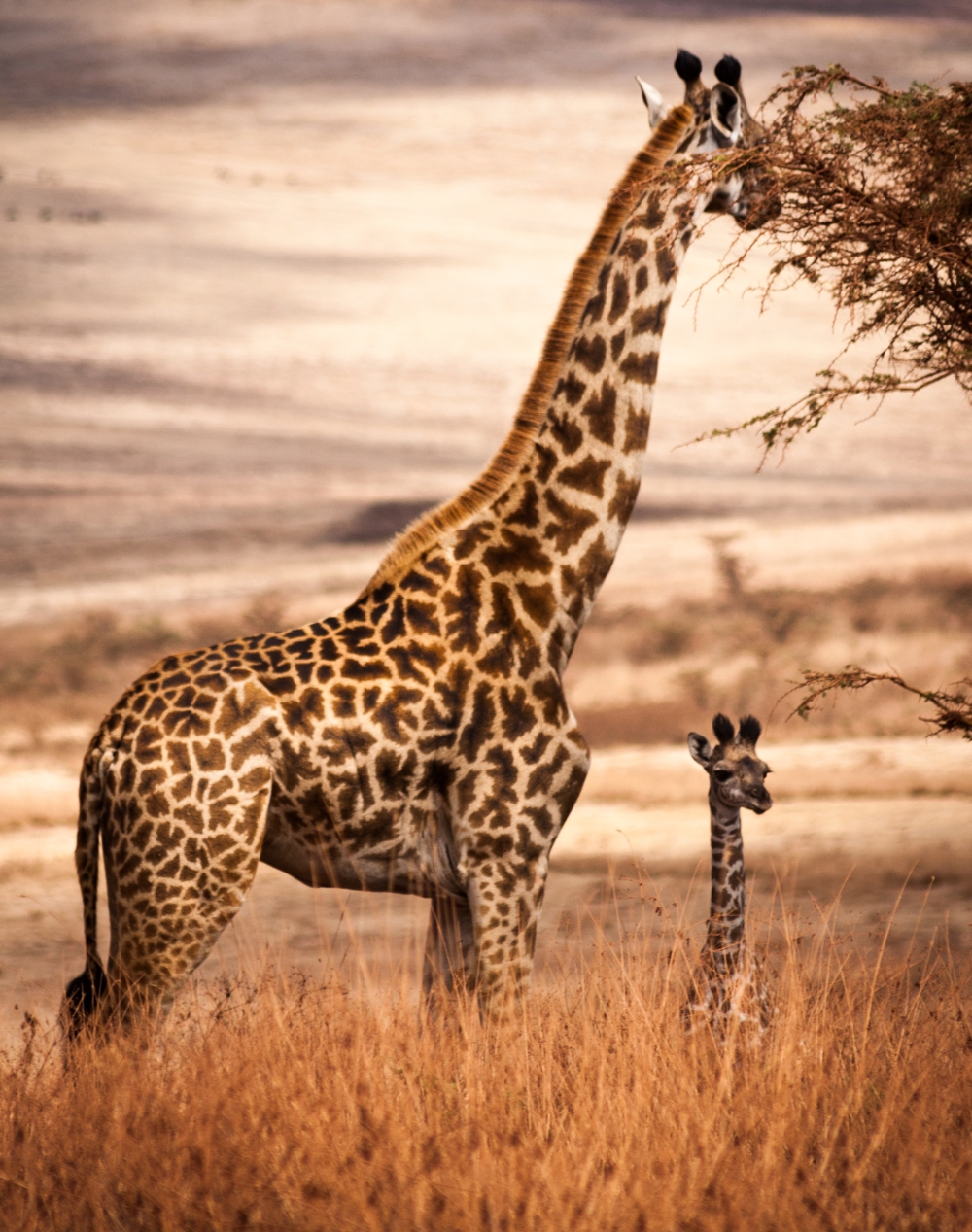
Aenean et tortor at risus viverra. Nec ultrices dui sapien eget mi proin sed libero. Egestas maecenas pharetra convallis...


